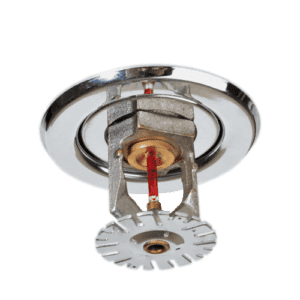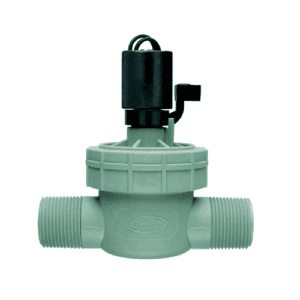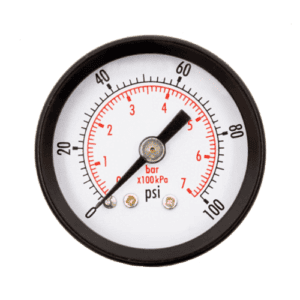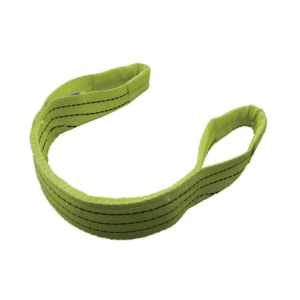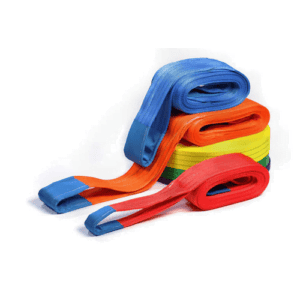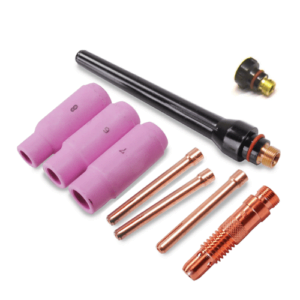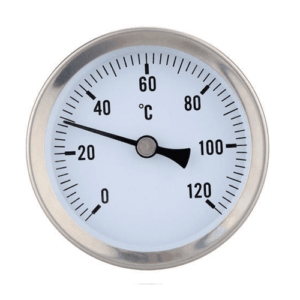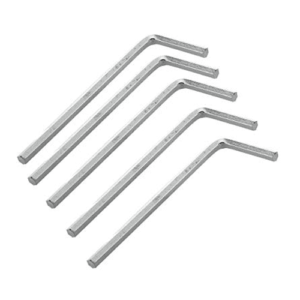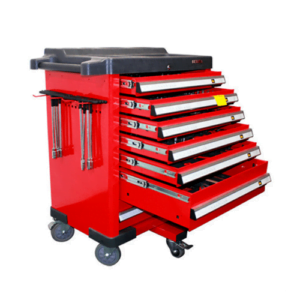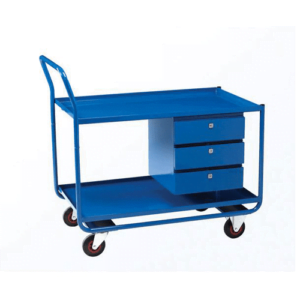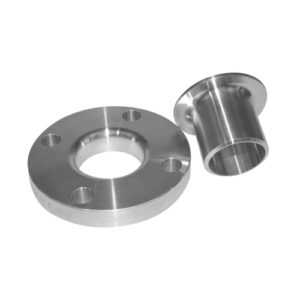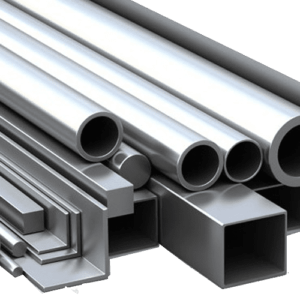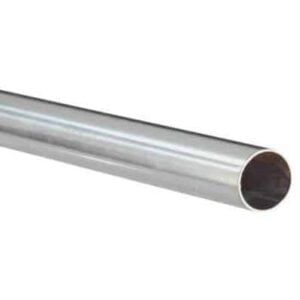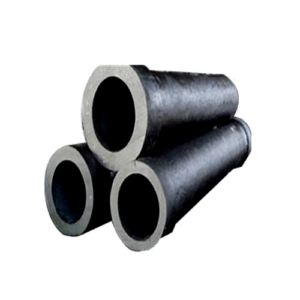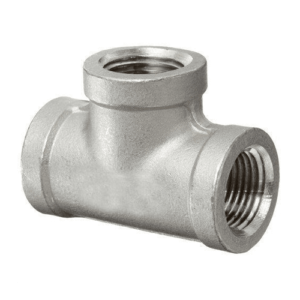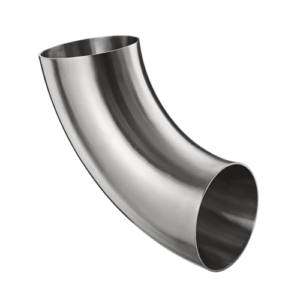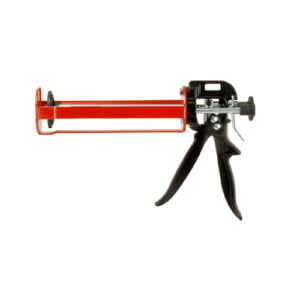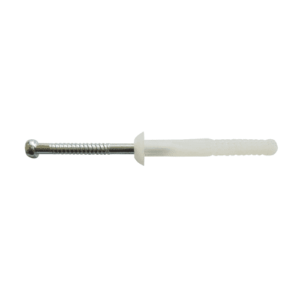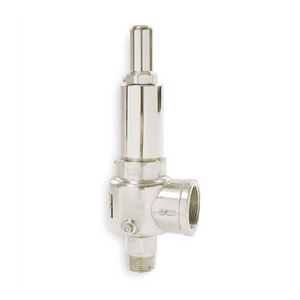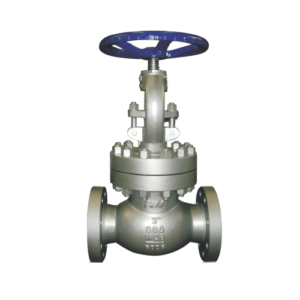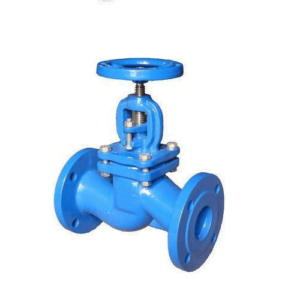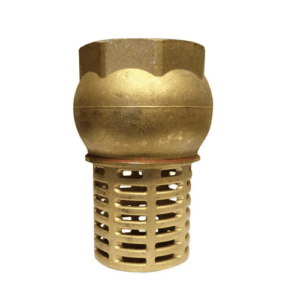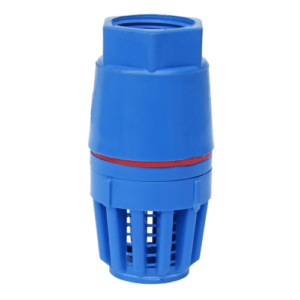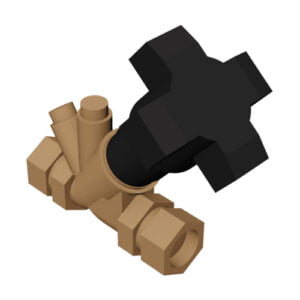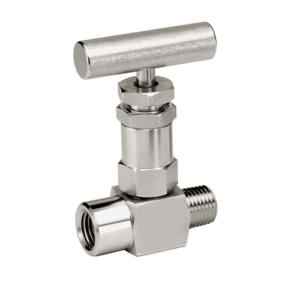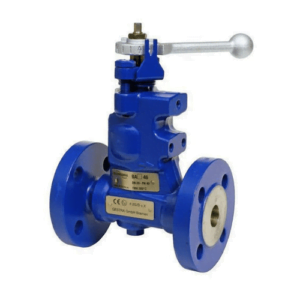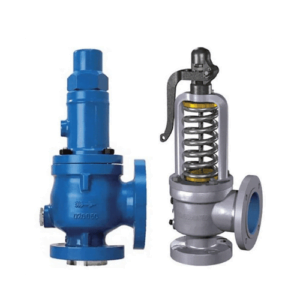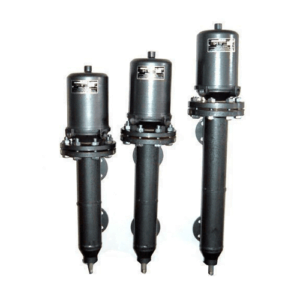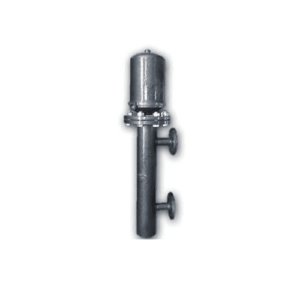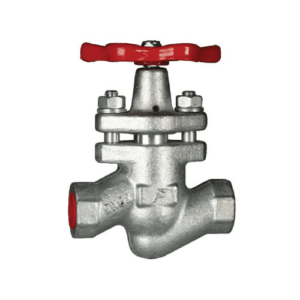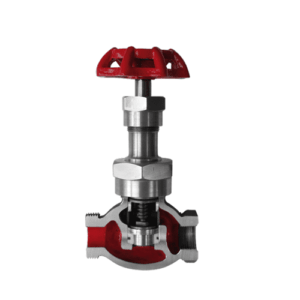Sprinkler Valve: Optimal Water Flow Control Solution
Sprinkler: A sprinkler is a device used to spray water. Sprinklers are used to water plants or grass, or to put out fires in buildings. a device perforated with small holes that is attached to a garden hose or watering can and used to spray plants, lawns, etc.
Gauges
Gauges: A gauge or gage, in science and engineering, is a device used to make measurements or in order to display certain dimensional information. A wide variety of tools exist which serve such functions, ranging from simple pieces of material against which sizes can be measured to complex pieces of machinery.
Webbing Slings
Webbing Slings: These web slings are lightweight, durable, and flexible so that they can be easily handled and rigged to a load. The Nylon and polyester web slings are unaffected by oil and grease and offer good chemical resistance.
Insulating sleeves
Insulating sleeves: Sleeves are used wherever cables need to be bundled and protected. They offer significant space savings and greater flexibility compared to conduits, for example. Whether it is mechanical protection, fire protection.
PTFE Gaskets
PTFE Gaskets: Polytetrafluoroethylene (PTFE) is a synthetic fluoropolymer of tetrafluoroethylene that has numerous applications. It is also known by the common trade name Teflon®, which is trademarked by DuPont. PTFE can be modified for use as a gasketing material with strong chemical resistance properties.
Filler Wires
Filler Wires: Welding is a fabrication or sculptural process that joins materials, usually metals or thermoplastics, by using high heat to melt the parts together and allowing them to cool causing fusion.
Welding Accessories
Welding Accessories: Welding gloves, aprons and helmets, dust masks, extraction systems and other safety equipment. Chipping hammers and wire brushes. Gas nozzles and contact tips for MIG/MAG welding. Tungsten rods for TIG/GTAW welding. Abrasive discs for angle grinders. Electrodes for resistance spot welding. Angle grinders. Electrode drying ovens.
Temperature Gauges
Temperature Gauges: A temperature gauge is a device used to indicate the temperature of an item being monitored. The display can be an analog dial, an analog range, or a digital readout.
Accessories
Power Tools: A power tool is a tool that is actuated by an additional power source and mechanism other than the solely manual labor used with hand tools. The most common types of power tools use electric motors. Internal combustion engines and compressed air are also commonly used. Other power sources include steam engines, direct burning of fuels and propellants, such as in powder-actuated tools, or even natural power sources such as wind or moving water. Tools directly driven by animal power are not generally considered power tools.
Hammers
Hammers: A hammer is a tool consisting of a weighted “head” fixed to a long handle that is swung to deliver an impact to a small area of an object. This can be, for example, to drive nails into wood, to shape metal (as with a forge), or to crush rock. Hammers are used for a wide range of driving, shaping, and breaking applications.
Pliers
Pliers: Pliers are a hand tool used to hold objects firmly, possibly developed from tongs used to handle hot metal in Bronze Age Europe. They are also useful for bending and compressing a wide range of materials.
Allen Keys
Allen Keys: A hex key, Allen wrench or Allen key, is a simple tool used to drive bolts and screws with hexagonal sockets in their heads. The tool is usually formed of a single piece of hexagonal rod of hard steel, with blunt ends that are meant to fit snugly into the screw’s socket, bent in an “L” shape with unequal arms.
Storage Trolleys
Storage Trolleys: A toolbox could refer to several types of storage to hold tools. It could mean a small portable box that can carry a few tools to a project location or a large storage system set on casters. Modern toolboxes are predominantly metal or plastic.
Toolboxes can be mainly divided as 5 types:
- Plastic
- Steel
- Aluminum
- Waterproof
- Cantilever
Raised Face Flange: Enhanced Seal for High-Pressure Connections
Raised Face Flange: The Raised Face flange is the most common type used in process plant applications, and is easily to identify. It is referred to as a raised face because the gasket surfaces are raised above the bolting circle face
Flat Face Flange: Reliable Seal for Low-Pressure Connections
Flat Face Flange: A flat faced flange, abbreviated as FF, is a flange that is machined flat and does not have a ridge like a raised face or ring type joint flange. The flat surface allows for the gasket to have full contact with the entire mating surface.
Lap Joint Flange: Flexible and Convenient Piping Solution
Induskart is a leading manufacturer specializing in lap joint flanges. With a deep understanding of industrial requirements and various applications, we provide high-quality flanges, especially tailored for the applications needing frequent inspections and cleaning. Our products, ranging from stainless steel to alloy materials, cater to diverse industries like pharmaceuticals, chemicals, water treatement, construction and oil & gas. Committed to certified excellence, expansive product range, and competitive pricing, Induskart stands as a trusted name for lap joint Flange Manufacturer in India.”
Steel Pipe
Steel Pipe: Steel pipes are found in a variety of places. Since they are strong, they are used underground for transporting water and gas throughout cities and towns. They are also employed in construction to protect electrical wires. While steel pipes are strong, they can also be lightweight.
Copper Pipe
Copper Pipe: Copper pipes are commonly used in the construction industry for water supply lines and refrigerant lines in HVAC (heating, cooling, and air-conditioning) systems. Copper pipes can be manufactured as soft or rigid copper and offer excellent corrosion-resistance and reliable connections
G.I Pipe
Induskart is one of the leading GI Pipe Supplier in India. G.I Pipe: Galvanized iron pipes are made up of an alloy of iron or steel with a coating of zinc on it . This is done as zinc helps in the prevention of corrosion. This will help the pipe to get exposed to the environment without hesitating with the issue of rust.
GI pipe contains a large proportion of carbon in it which makes it hard. Pure iron in nature is very ductile and has no carbon in it. The zinc helps in giving it a longer period of life.
They are available in various variants and sizes. They are also comparatively cheap, lightweight, and cost-effective. GI pipes are used in many plumbing operations such as welding, treating sewage, sprinkler systems, etc.
Cast Iron Pipe
Cast Iron Pipe: Cast iron pipe is a pipe which has had historic use as a pressure pipe for transmission of water, gas and sewage, and as a water drainage pipe during the 17th, 18th, 19th and 20th centuries.
Tee
Tee: Pipe Tee is a type of pipe fitting which is T-shaped having two outlets, at 90° to the connection to the main line. It is a short piece of pipe with a lateral outlet. Pipe Tee is used to connect pipelines with a pipe at a right angle with the line. Pipe Tees are widely used as pipe fittings.
Elbows
Elbows: An elbow is installed between two lengths of pipe (or tubing) to allow a change of direction, usually a 90° or 45° angle; 22.5° elbows are also available. The ends may be machined for butt welding, threaded (usually female), or socketed. When the ends differ in size, it is known as a reducing (or reducer) elbow.
Chemical Gun
Chemical Gun: An electrothermal-chemical gun uses a plasma cartridge to ignite and control the ammunition’s propellant, using electrical energy to trigger the process. Electrothermal-chemical technology is part of a broad research and development program that encompasses all electric gun technology, such as railguns and coil guns.
Frame Fixing Anchors
Frame Fixing Anchors: Plastic frame fixings are the ideal solution for the fixing of facade constructions, roof substructures, heavy wall cabinets, squared timbers, cable trays, gates and doors. With the long plug shaft, these can be directly secured in the building substrate through the attachment part.
Sleeve Anchors
Sleeve Anchors: Sleeve anchors are the most versatile masonry expansion anchors because they can be used in a variety of base materials, including concrete, brick, and block. They are available in a wide variety of diameters, lengths, and head styles. The available head styles are acorn, hex nut, flat, countersunk, and round head.
Bullet Anchors
Bullet Anchors: Bullet type anchor shell with internal thread for pre-positioned installation. When the bullet is placed in shell & hit with a setting tools it slides forward & the inside part of shell expands and takes the grip in the wall.
Nylon Anchor
Nylon Anchor: Nylon Anchors are pre-assembled through fixing, a light duty nail expanding for solid masonry and hollow wall constructions. The design of the expansion nail used in the Nylon Anchor is such that it can be removed if need be.
Sanitary Fixing Anchor
Sanitary Fixing Anchor: Nylon Anchors are pre-assembled through fixing, a light duty nail expanding for solid masonry and hollow wall constructions. The design of the expansion nail used in the Nylon Anchor is such that it can be removed if need be.
Chemical Anchor
Chemical Anchors IndusKart
Anchoring is a usual process in industries. Induskart presents a range of Anchors and Fastener solutions for Industries at the same place and with sufficient information on each of them. With this goal, Induskart brings you Anfagro Brand, A wide range of Chemical Anchor to choose from.
What is Chemical Anchoring?
Chemical anchoring is a process in which resin is injected into a hole before the insertion of the stud. With the insertion of resin, all the irregularities and flaws of the hole are sealed airtight with approximately 100% adhesion. Chemical anchors provide superior load capacity as there is no embedment limit with chemical anchors. One can embed any length of the rod in the hole to increase load capacity. The option of selecting a larger diameter rod while embedment is also possible with chemical anchoring. This is the reason Chemical anchors have more audience than other forms of anchors
Mechanical Anchor: Reliable Fastening Solution for Heavy Loads
Mechanical Anchors from Induskart : Our mechanical anchors are designed to install easily and securely into a variety of base materials — from concrete and brick to hollow and grouted CMU. They offer optimal performance even in the most demanding structural applications. For applications where there is a risk of concrete cracking, specific anchors have been designed and tested to offer reliability under these conditions.
Safety Valve
Valve: Valves are for starting or stopping flow, regulating or throttling flow, preventing back flow or relieving and regulating pressure in fluid or gaseous handling applications. Common valve types include: Ball, Butterfly, Check, Diaphragm, Gate, Globe, Knife Gate, Parallel Slide, Pinch, Piston, Plug, Sluice, etc.
Safety Valve: A safety valve is a valve that acts as a fail-safe. An example of safety valve is a pressure relief valve, which automatically releases a substance from a boiler, pressure vessel, or other system, when the pressure or temperature exceeds preset limits.
Globe Valve
Valve: Valves are for starting or stopping flow, regulating or throttling flow, preventing back flow or relieving and regulating pressure in fluid or gaseous handling applications. Common valve types include: Ball, Butterfly, Check, Diaphragm, Gate, Globe, Knife Gate, Parallel Slide, Pinch, Piston, Plug, Sluice, etc.,
Globe valve: A globe valve is a linear motion valve used to stop, start, and regulate the fluid flow. The globe valve disk can be removed entirely from the flow path, or it can completely close the flow path. During opening and closing of globe valve, disc moves perpendicularly to the seat.
Float Valve: Automatic Water Level Control Solution
Valve: Valves are for starting or stopping flow, regulating or throttling flow, preventing back flow or relieving and regulating pressure in fluid or gaseous handling applications. Common valve types include: Ball, Butterfly, Check, Diaphragm, Gate, Globe, Knife Gate, Parallel Slide, Pinch, Piston, Plug, Sluice, etc.
Float Valve: Float Valve is an adverse condition which can occur at high engine speeds when the poppet valves in an internal combustion engine valve train do not properly follow the closure phase of the cam lobe profile. This reduces engine efficiency and performance and potentially increases engine emissions.
Foot Valve: Reliable Suction Control for Pumps
Valve: Valves are for starting or stopping flow, regulating or throttling flow, preventing back flow or relieving and regulating pressure in fluid or gaseous handling applications. Common valve types include: Ball, Butterfly, Check, Diaphragm, Gate, Globe, Knife Gate, Parallel Slide, Pinch, Piston, Plug, Sluice, etc.
Foot Valve: A foot valve is a type of check valve that is typically installed at a pump or at the bottom of a pipe line (hence the name). Foot valves act like ball check valves, but have an open end with a shield or screen over it to block debris from entering the line.
Balancing Valve: Ultimate Guide to Choosing the Perfect One
A balancing valve is used to regulate the flow of fluid in heating and cooling systems to ensure optimal efficiency and comfort. It adjusts the pressure drop across the system and provides precise flow control, helping to maintain the correct balance of water flow between different branches of the system. This type of valve is essential in HVAC applications, allowing for the accurate calibration of flow rates to meet the specific demands of different zones or equipment within a facility, leading to energy savings and improved system performance.
Fire Hydrant Landing Valve: Reliable Fire Safety Solution
A Fire Hydrant Landing Valve, also known as a landing valve, is a crucial component in firefighting water supply systems. It provides an accessible means for the fire service to tap into the municipal water supply during emergencies. These valves are typically mounted on risers within buildings or on external fire hydrants, featuring a connection point for fire hoses. They are designed to withstand high pressures and allow for rapid deployment and control of water flow to combat fires effectively, ensuring quick and efficient response in critical situations.
Needle Valve
Needle Valve: A needle valve is a type of valve with a small port and a threaded, needle-shaped plunger. It allows precise regulation of flow, although it is generally only capable of relatively low flow rates.
Steam Trap: Efficient Condensate Management Solution
Steam Trap: A steam trap is a device used to discharge condensates and non-condensable gases with a negligible consumption or loss of live steam. Most steam traps are nothing more than automatic valves. They open, close or modulate automatically.
Blow Down Valve
A blowdown valve is used in boilers and pressure vessels to remove sediment and other impurities that accumulate in the bottom of the system during operation. This type of valve is essential for maintaining the efficiency and safety of the boiler by ensuring that the water quality does not degrade to a level that could cause scaling or corrosion. Blowdown valves are operated manually or automatically at set intervals to release water and accumulated solids, thereby preventing damage and maintaining the performance of the heating system. This process is crucial for prolonging the life of boilers and ensuring their safe operation.
Pressure Relief Valve: Reliable Pressure Control Solution
Pressure Reducing Valve: A relief valve or pressure relief valve is a type of safety valve used to control or limit the pressure in a system; pressure might otherwise build up and create a process upset, instrument or equipment failure, or fire.
Mobrey Valve
Mobrey Valve: Mobrey is the name used for the Automatic water level controller, it comes under the category of mountings and fittings of Steam Boiler Assembly. As the name suggests, it is used for maintaining the water level in the Boiler shell. It is mostly used in smoke tube steam boilers not in water tube boilers, as the shell diameter of the former is greater than that of latter irrespective of their running capacities and working pressures.
Piston Valve
Piston Valve: A piston valve is a device used to control the motion of a fluid along a tube or pipe by means of the linear motion of a piston within a chamber or cylinder. Examples of piston valves are: The valves used in many brass instruments. The valves used in pneumatic cannons.

